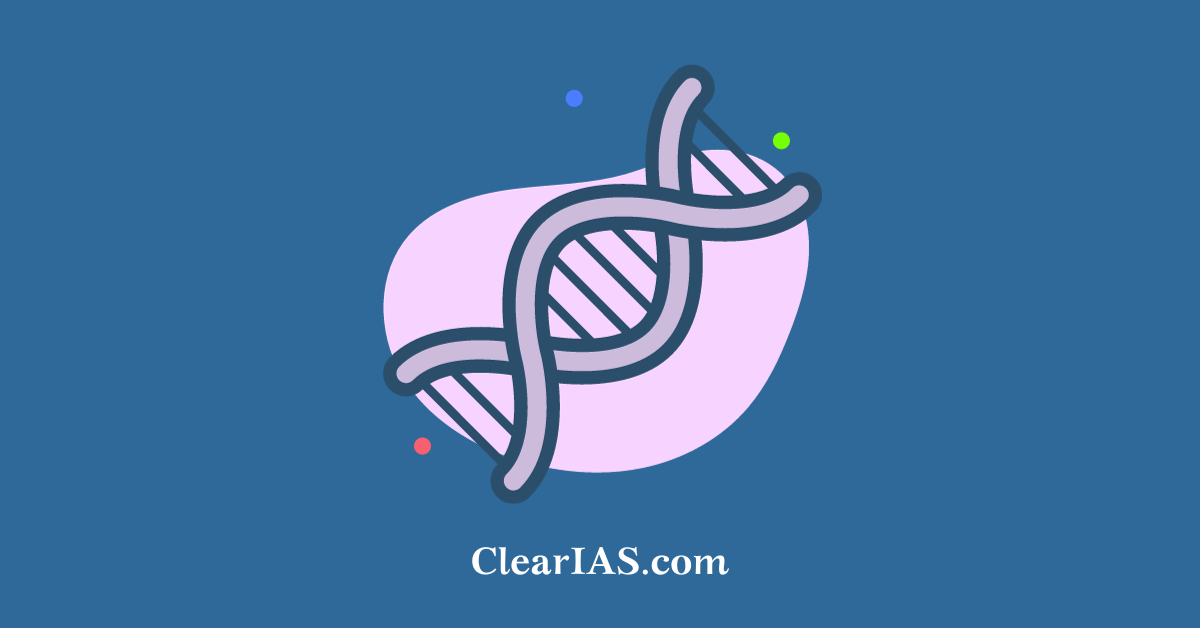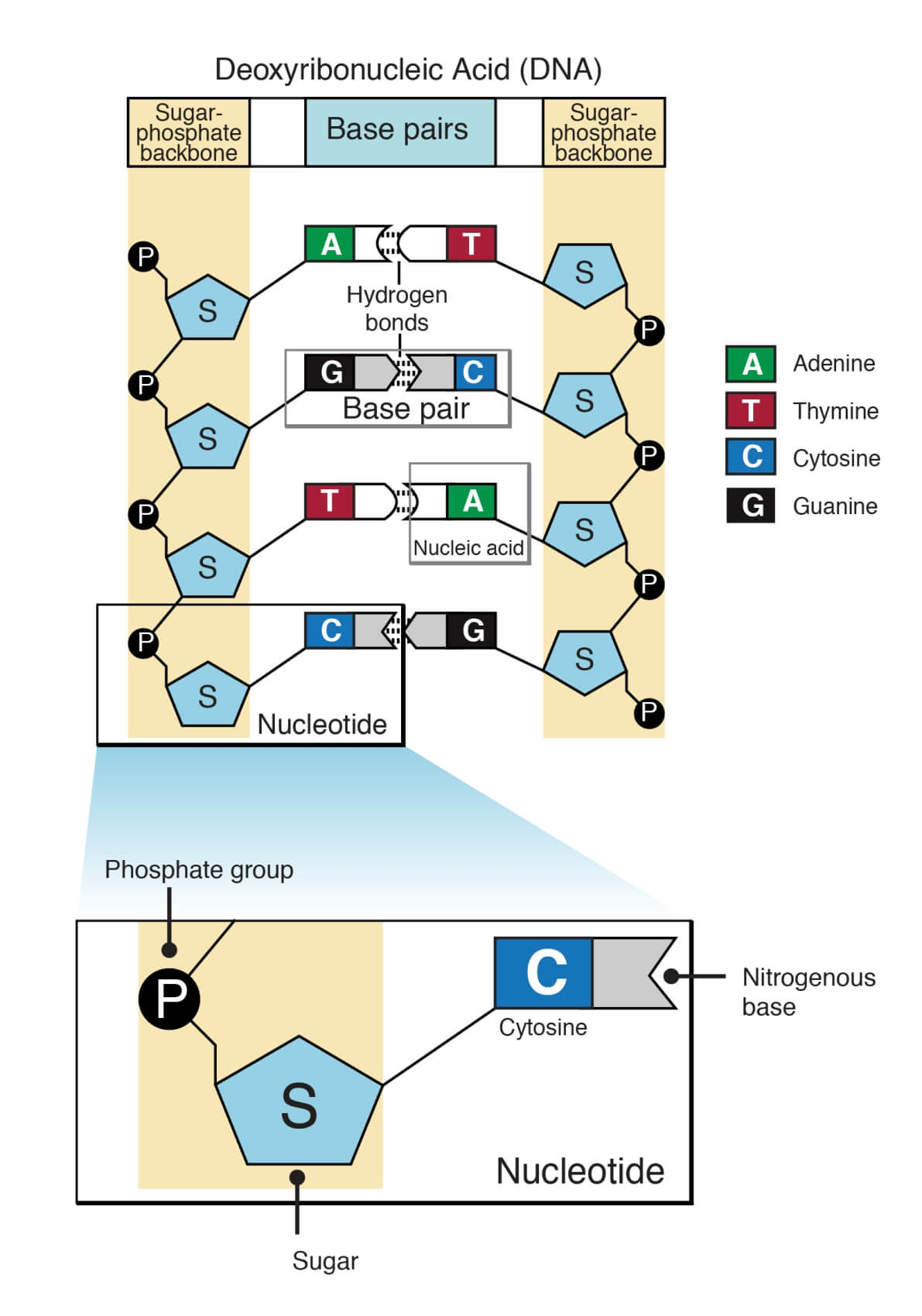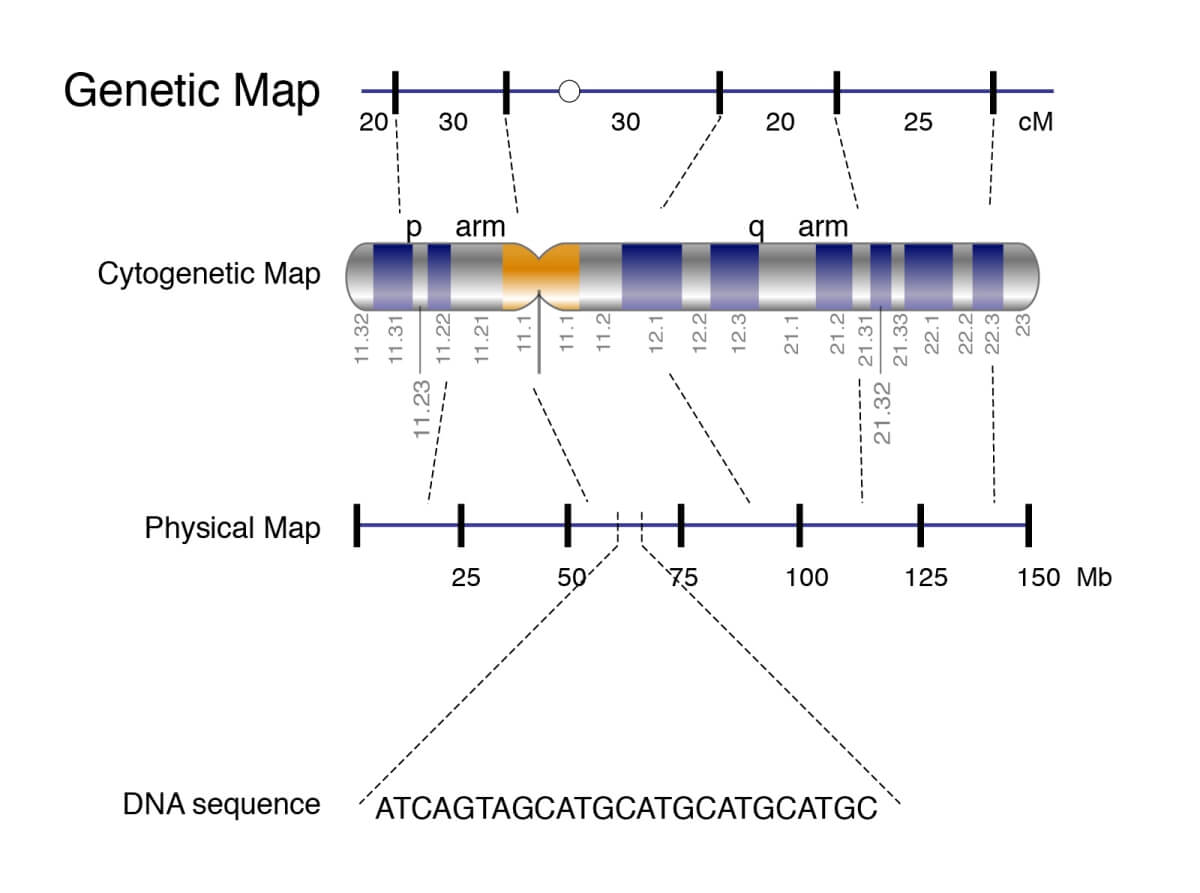 You might have heard of the Human Genome Project (HGP). But do you know what is Genome India Project (GIP)?
You might have heard of the Human Genome Project (HGP). But do you know what is Genome India Project (GIP)?
Genome India Project (GIP) is recently in news.
GIP which aims to map the genetic diversity may be a boon for personalised medicine. However, it should not be misused for politically motivated origin-tracing.
What is Genome India Project?
The Genome India Project (GIP) is a gene mapping project cleared by the Department of Biotechnology.
GIP will involve 20 leading institutions of the country with the Centre for Brain Research of Indian Institute of Science (IISc) Bangalore as the nodal point.
While referring to new schemes, the 2020 Budget says “Mapping of India’s genetic landscape is critical for next-generation medicine, agriculture and for biodiversity management.”
Need for Genome India project
The goal of the Human Genome Project (HGP), an international program that spanned from 1990 to 2003 was the complete mapping and understanding of all the genes of human beings – known as “human genome.” This has led to cutting edge research in medicine and pharma fields, but the base of over 95% of the genome samples was white Caucasian.
Thus, mapping of the Indian gene pool is critical to enabling the next wave of developments in medicine, agriculture and biodiversity.
Aim of GIP
The aim of the project is to build an “Indian reference genome”, based on which the traits of the diverse Indian population could be understood.
The GIP will add on to the existing database from HGP and advance the cause of understanding the diversity of the Indian population.
The diversity of the Indian population is represented by
- Horizontal diversity – starting from the first migrations from Africa and subsequent periodic migrations, resulting in the genetic intermingling of all races and
- Vertical diversity – traits passed on within some groups as a result of endogamy.
What is DNA?

DNA or deoxyribonucleic acid is a long molecule that contains our unique genetic code.
A copy of human DNA can be found in the nucleus of almost every cell in a human body.
The DNA consists of two chains of molecules called nucleotides that coil around each other to form a double helix structure. This carries genetic instructions for the development of all organisms. (2)
A nucleotide consists of sugar, phosphate and nitrogenous base. There are four types of bases namely Adenine (A), Cytosine (C), Guanine (G) and Thymine (T). ‘A ‘bonds only with ‘T ‘and ‘C ‘only with ‘G’. This is called base pairing.
What is genome sequencing?
Sequencing a genome means finding out the order of base pairs in the nucleotides in the DNA.
A nucleotide sequence is the order of nucleotides in a DNA. This sequence contains the information for building an organism.
Physical Map vs Cytogenic Map vs Genetic Map

A physical map of a genome shows the physical location of genes or DNA sequences.
A cytogenic map shows the appearance of chromosomes when examined using a microscope.
A genetic map shows the relative location of genes and is based on the idea of linkage – i.e. if two genes are located closer to each other, there is a greater probability that they will be inherited together.
Potential uses of Gene Mapping with respect to India
- A reference genome of the Indian population could lead to the development of an understanding of the nature of diseases and specific interventions required for various ethnic groups.
- Mapping the diversity of India’s gene pool could lead to the development of personalized medicine and to reduce the genetic disease burden.
- Creating a catalogue of genetic variations and their disease-causing effects. This will lead to better research into genetic disorders and their treatment.
- Anticipating and preparing for future diseases.
- Developing precision medicines.
- The extension of the project to agriculture, ’ll enhance the resistance of crops to diseases and reduce the dependency on insecticides/pesticides.
- The project will also lead to a renewed understanding of India’s ethnic groups and their genetic origins.
Also read: Gene Editing – What is CRISPR-Cas9?
Issues with respect to the Genome India Project
Some ethical, social and legal issues associated with the project are listed below.
- Genetic discrimination: Discrimination based on genetic makeup in case of health insurance, employment etc is possible. This could provide a genetic angle to the burning questions regarding indigenous population, race / caste-based politics and origin tracing.
- Genome editing: Changing the DNA leading to change in physical traits. While treatments such as gene therapy have the potential to treat several diseases, there are ethical concerns regarding the extent to which the same can be employed – a slippery slope that could lead to genetic enhancement.
- Privacy: There are privacy issues regarding consent of research participants, usage of the findings and associated risks. There are knowledge and cultural barriers to fully understand the potential benefits and identifying risks attached to gene mapping. Further, the question of storage and protection of data needs to be addressed considering the possibility of misuse of data.
- Unequal access: Limited access to genetic testing and preventive medication could further the prevailing inequality and create social tensions.
Also read: Mitochondrial Donation Treatment
Genome India Project: Policy interventions required
- Genomic data sharing policy which addresses the privacy issues of participants.
- Laws that prohibit usage of DNA data collection and usage without the consent of participants
- Confidentiality agreements that limit data access to limited researchers
- Laws prohibiting the prenatal genetic screening
- Laws restricting usage of genetics to prevent diseases and not to enhance human capability
- Creating a regulatory authority that regulates the genetic tests and determines the utility of the tests.
- Laws governing how DNA samples are stored, how the DNA database is maintained and who can access such a database
- Laws that prohibit discrimination based on genetic information
- Efforts to include under-represented population in genetic study and to address the complicated relationship between genetics and gaps in the health of the hither-to excluded population.
- Setting up training centres, programs, funding research in genetic studies
Also read: Assisted Reproductive Technology
In news
One Day One Genome’ initiative to harness the microbial potential of India
The Department of Biotechnology (DBT) and Biotechnology Research and Innovation Council (BRIC) introduced the ‘One Day One Genome’ initiative to showcase India’s enormous microbial potential.
- The ‘One Day One Genome’ initiative will highlight the unique bacterial species found in our country and emphasize their critical roles in the environment, agriculture and human health.
- Microorganisms are crucial for our ecosystem. They play an important role in all biogeochemical cycles, soil formation, mineral purification, degradation of organic wastes and toxic pollutants, and methane production.
- Cumulatively they help to maintain homeostasis in our planet. In agriculture, they help in nutrient cycling, nitrogen fixation, maintaining soil fertility, controlling pests and weeds and stress responses. Microorganisms symbiotically associate with plants and help them in nutrient and water uptake.
- Genome sequencing will allow the visualization of the hidden potential of the microbial world to the community at large. Sequencing data can be analyzed to identify the genome-encoded capacities for various important enzymes, antimicrobial resistance, bioactive compounds etc.
- Research in this field will lead to the benefit of better protection and management of our environment, development in agriculture and improvement in human health.
- This initiative aims a release a fully annotated bacteriological genome isolated in the country freely available to the public. This will be complemented with a detailed graphical summary, infographics and genome assembly/annotation details. These documents will thus give an idea about the scientific and industrial use of these microbes.
- Consequently, microbial genomics data will become more accessible to the general public, and scientific researchers and thereby stimulate discussions; innovations directly benefit the entire community and ecosystem.
Conclusion
The GIP has the potential to transform healthcare using precision medicine, addressing genetic disorders and improving agriculture by identifying genes and genetic variations in our country.
However, the various risks and issues associated with gene mapping, storing and usage of genetic data must be addressed and clear policy is drawn for the better usage of this novel technology.






Thank you for the feedback.